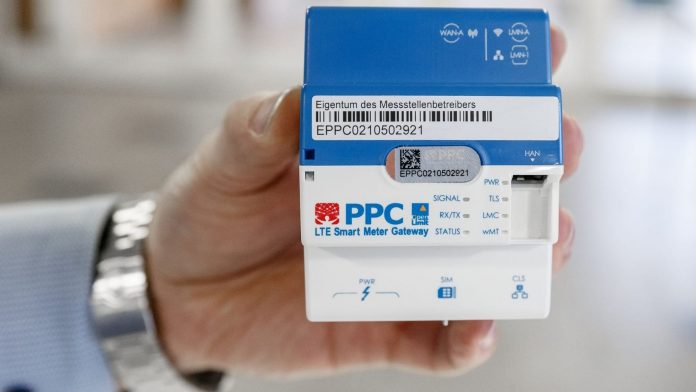If too much electricity is used, power grid operators are allowed to specifically reduce the power supply for heat pumps and e-charging stations. But how does that work?
In recent months, the number of private e-charging stations and heat pumps – and thus the number of energy consumers – has risen sharply. Since these customers often receive electricity at the same time, this can lead to a network overload and thus a power outage. To prevent this, since January 1, 2024, electricity network operators have been allowed to throttle the power supply to private households under certain conditions. The rules for this are set out in Section 14a EnWG. What should consumers now expect or even fear?
Which network operator is already reducing electricity output?
According to the Federal Association of the Energy and Water Industry (BDEW), there is currently no network operator that dims its electricity supply. However, this does not mean that the network operators do not already control the electricity supply. On the contrary. The network operators have been monitoring their customers’ electricity purchases for a long time – without them noticing.
“A stable operation [50 Hertz] of the power grid […], is only possible if electricity generation and consumption are balanced. However, since both power generation and power consumption change over time, there are always fluctuations in frequency,” explains the Federal Network Agency (BNetzA) when asked by t-online. Since the network operators quickly intervene in the power supply in the event of deviations, the main thing that is felt private households do not have these controls.
Embed
Who is affected by the throttling?
However, there are also consumers who will clearly feel the reduction in electricity: owners of old heat pumps and operators of night storage heaters/night storage heaters. This is because these current collectors switch off if the power supply is too low or if the power supply is interrupted. The house would therefore remain cold and the heating would have to be restarted. And households that operate an (old) heat pump and a private e-charging station at the same time would also feel a possible electricity throttling. Hence the tip: modernize your heat pump to avoid failures.
According to the Federal Network Agency, in 2022 network operators have already specifically controlled the power supply to over 1.8 million systems such as heat pumps (39 percent) and night storage heaters (58 percent).
By the way: With modern heat pumps, which also run with a low power output of up to 4.2 kilowatt hours, throttling is not a problem. And modern wallboxes would not switch off either – only the charging time of the electric car would be extended to two hours for a 50 kilometer journey.
What obligations do network operators have?
Until December 31, 2023, the electricity network operators were allowed to prohibit the connection of private wall boxes or heat pumps if these electricity consumers could overload the network. This is no longer possible. Instead of rejecting the connection, the network operators must now ensure that the network is expanded and can no longer overload. In addition, before they specifically throttle power consumers, they must analyze the utilization of the power grid and then use this real-time analysis to target the power consumers.
How is throttling done?
For the so-called network-oriented control, appropriate devices (measuring, control and communication technology) are required at the power collector. One of them, for example, is a modern smart meter. If it is equipped with a control element, the distribution network operator can control it specifically in an emergency. However, it is important for implementation that all households are equipped with these modern, intelligent measuring systems with control boxes.
However, the public utilities association VKU assumes that the grid-oriented control is currently only a model project for the respective distribution network operators, reports the dpa news agency. It is said that there is a lack of certified control boxes for the systems.
When could targeted electricity throttling really take place?
And even if the appropriate smart meters are available, they would first have to be installed – and that costs both money and time. As long as there is no urgent need for action, the network operators would not restrict the power supply so aggressively. According to the BDEW, proposals for uniform modern control technology will only be available from 2025. There is currently a lack of data protection regulations, among other things. However, the problem must be resolved by 2028. The requirements stipulate that these new, intelligent electricity meters will be installed in all households by then.


